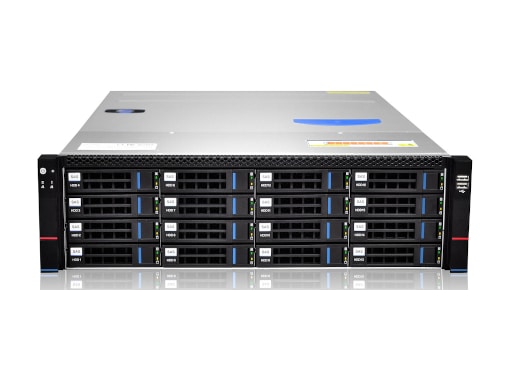
With asynchronous destruction the filesystem's data is immediately moved to a "to be freed" list, allowing the destroy operation to complete without traversing any of the filesystem's data. If the destroy operation was interrupted by a reboot or power outage the next attempt to import the pool (probably during boot) would need to complete the destroy operation synchronously, possibly delaying a boot for long periods of time. Before this feature the filesystem was not fully removed until all blocks had been reclaimed.
#OPENZFS HARDWARE REQUIREMENTS FREE#
Use the slog even with logbias=throughput illumosĪsynchronous Filesystem and Volume Destructionĭestroying a filesystem requires traversing all of its data in order to return its used blocks to the pool's free list. Note that SA based xattrs are no longer used on symlinks as of Aug 2013 until an issue is resolved. Requires a disk format change and is off by default until Filesystem (ZPL) Feature Flags are implemented (not to be confused with zpool Feature Flags). This work could be extended to also improve the performance on illumos of small Extended Attributes whose permissions are the same as the containing file.)

(Not to be confused with Solaris-style Extended Attributes which are full-fledged files or "forks", like NTFS streams. Improves performance of linux-style (short) xattrs by storing them in the dnode_phys_t's bonus block. Listed in chronological order (oldest first). These are significant performance improvements, often requiring substantial restructuring of the source code. See also slides and video from talk at OpenZFS Developer Summit 2013, and slides and video from the OpenZFS Developer Summit 2014 illumos

Channel programs may only be run with root privileges. A library of ZFS calls is made available to channel program scripts. The entire script is executed atomically, with no other administrative operations taking effect concurrently. The ZFS channel program interface allows ZFS administrative operations to be run programmatically as a Lua script. By doing so, datasets can be efficiently backed up to an untrusted system without fear of data being compromised. This means that the dataset on the receiving system is protected using the same user key that is in use on the sending side. The idea here is to send raw encrypted and compressed data and receive it exactly as is on a backup system. This feature also adds the ability to do raw, encrypted sends and receives. Provides the ability to encrypt, decrypt, and authenticate protected datasets. Native data and metadata encryption for zfs OpenZFS introduces a -v option to zfs send which reports per-second information on how much data has been sent, how long it has taken, and how much data remains to be sent.Īrbitrary Snapshot Arguments to zfs snapshot illumos NAME SIZE ALLOC FREE EXPANDSZ CAP DEDUP HEALTH ALTROOTĭcenter 5.24T 3.85T 1.39T - 73% 1.00x ONLINE -įunctionally identical to Solaris 11 extension zfs list -t snap.įunctionally identical to Solaris 11 extension zfs snap.

OpenZFS adds a -v option to the zpool list command which shows detailed sizing information about the vdevs in the pool: It is also used for a -n option for zfs destroy which can instantly calculate the amount of space that would be reclaimed by a specific zfs destroy command. This new accounting information is used to provide a -n (dry-run) option for zfs send which can instantly calculate the amount of send stream data a specific zfs send command would generate. This feature enhances OpenZFS's internal space accounting information.

Size Estimates for zfs send and zfs destroy OpenZFS has a per-pool comment property which can be set with the zpool set command and can be read even if the pool is not imported, so it is accessible even if pool import fails. While the end result is a generally more friendly user interface, getting the desired behavior often required modifications to the core of ZFS. These are improvements to the command line interface. See this blog post (Jan 2012) and associated slides and video for more details.


 0 kommentar(er)
0 kommentar(er)
